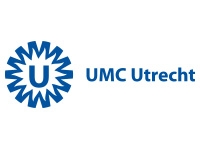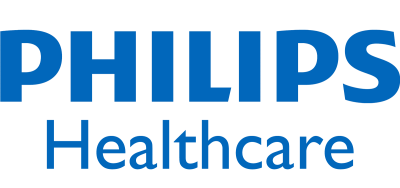Early detection and quantification of cerebrovascular disease
The aim of the project is to identify, in an early stage, in subjects from the general population and in patients with extracranial cardiovascular diseases, those at increased risk for stroke. To enable early detection, we will develop, optimize and validate structural and functional measures of early disease of the cerebral macro- and microvasculature. For the MACROvasculature, pipelines will be developed to quantify the disease burden of the larger intracranial arteries based on existing high-resolution CT (calcification) and MR images (vessel wall MRI). For the MICROvasculature, novel MRI acquisition methods will be developed that allow quantification of the functional status of the small intracranial arteries. These functional methods will include MRI measures of velocity/pulsatility, blood-brain-barrier and cerebral perfusion reserve. Fast translation to clinical practice will be enabled by close collaboration with Philips Healthcare (new MRI approaches) and Pie Medical Imaging (advanced image analysis).
The timeline will consist of 4 workpackages: technical CT/MRI developments of the MACROvasculature (WP1) and MICROvasculature (WP2) and proof-of-principle clinical studies in dedicated patient phenotypes, translation to large existing clinical cardiovascular cohort studies (WP3), and dissemination to daily clinical practice in collaboration with expert clinicians in user committee (WP4). Gender and age stratified analysis will be performed in the proof-of-principle, translational, and clinical studies. Key components of innovations that can be valorized are: innovative MRI methods sensitized to disease burden of microvasculature and fully integrated quantification software of intracranial vasculature. In Brain@risk, the researchers have developed new MRI and CT methods that make it possible in a simple way to detect and detect damage to the large and smaller arteries in the brain at an early stage. Thanks to a strong collaboration of the researchers within Brain@risk with many national programs in the Netherlands, the developed methods could be tested in selected patient groups with damage to the large or small vessels.



